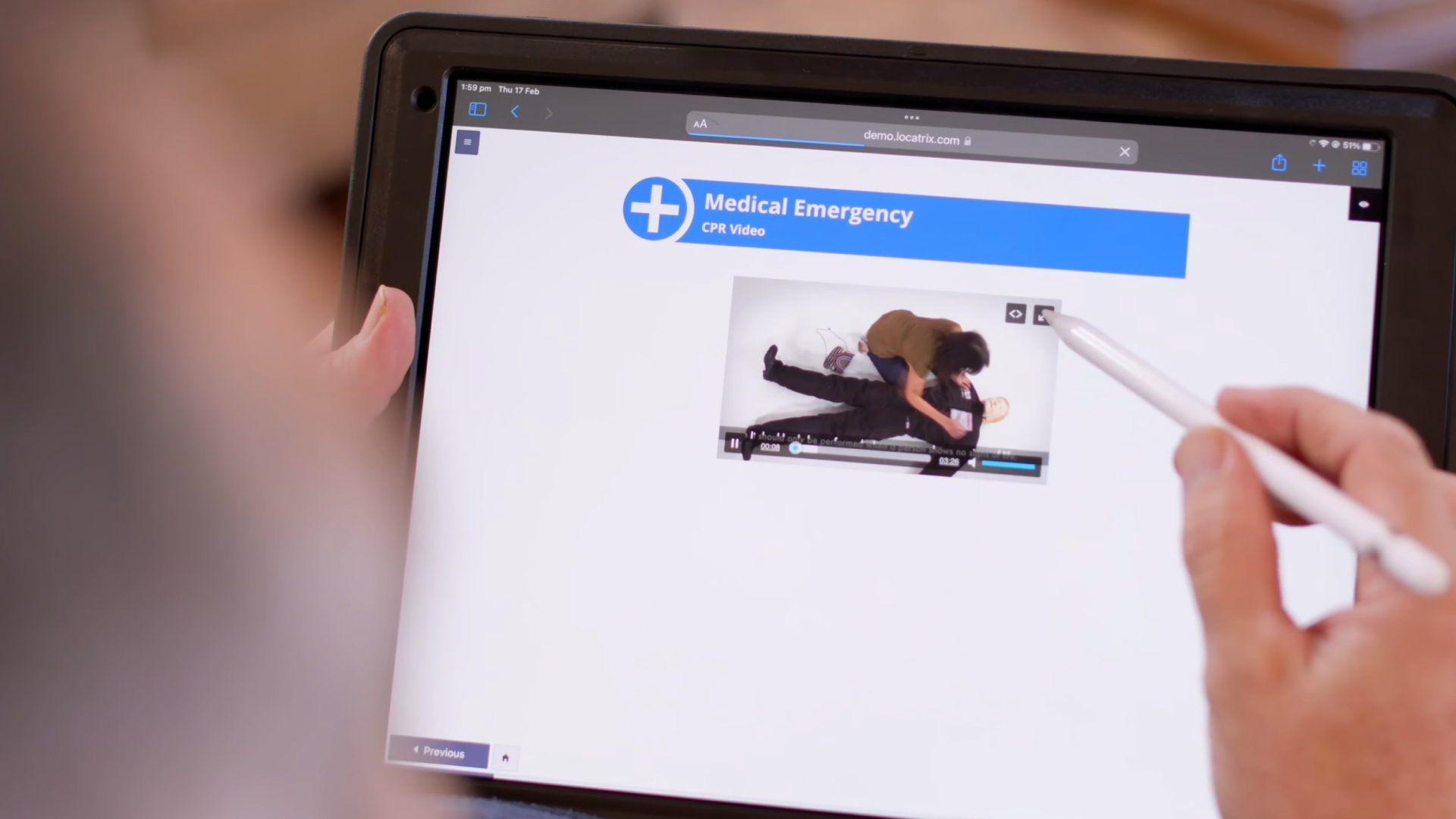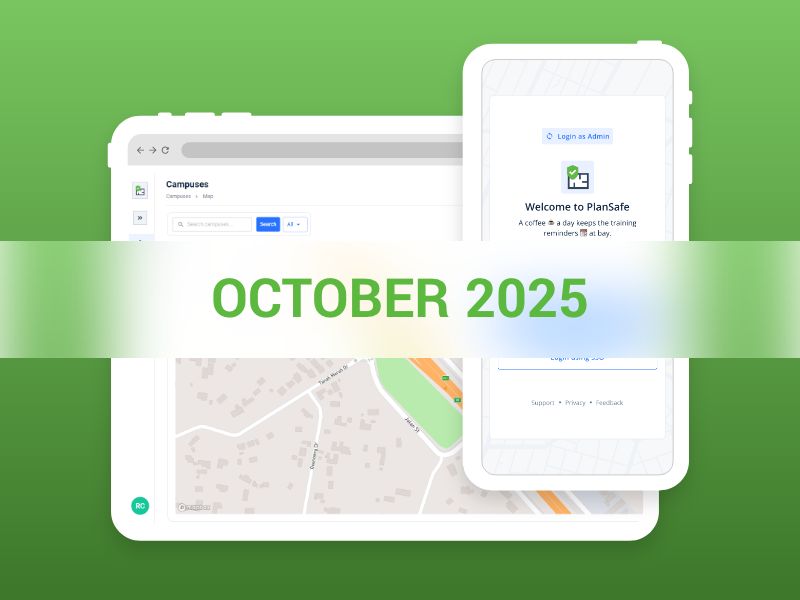Written by
Helen Hall
Published on
August 12, 2025
Preparing staff and occupants to respond in accordance with a well-considered plan needs to be conducted under a regimented and reportable system.
As with all emergency planning, our policies are made up from lessons learned from past incidences but sometimes it is good to have a refresher as to what those lessons taught us.
The major fire incidents in aged care settings like the Quakers Hill Nursing Home fire(2011) and the 2019–2020 bushfire emergencies, revealed several critical lessons that have shaped fire safety policy and practice across the sector:
1. Sprinkler systems save lives
The absence of automatic sprinkler systems at Quakers Hill contributed to the high fatality rate.
Lesson: Mandatory sprinkler installation became law in NSW aged care homes by 2016
Make sure your Fire Services Contract includes regular servicing and maintenance programs to Australian Standards
2. Staff training is critical
Staff at Quakers Hill were unprepared for a large-scale evacuation.
Lesson: Regular fire drills and emergency response training are essential, especially for night shifts when staffing is minimal.
Online supplementary training can reinforce site and role specific training to further educate staff on complex sites that struggle to get 100% attendance at training due to the challenges of agency staff and shift workers.

3. Evacuation plans must be resident-centric
Many aged care residents have mobility, cognitive, or sensory impairments.
Lesson: Evacuation plans must be tailored to individual needs and include backup strategies for power outages and communication failures.
Understand your occupancy and building limitations. Keep serviced generators on hand to reassure lifesaving power supply. Ensure your resources can facilitate an evacuation.
4. Infrastructure must support fire safety
Poor compartmentation and smoke control worsened the spread of fire and smoke.
Lesson: Facilities must comply with Class 9c building codes, including fire-resistant materials and smoke separation zones
Make sure your building plans are up to date and any fire engineered solutions are documented and carried through to site specific staff education
5. Emergency preparedness must include external threats
During bushfires, aged care homes faced supply chain disruptions and evacuation challenges.
Lesson: Emergency plans must account for external risks like bushfires, floods, and pandemics, with contingency logistics and communication protocol
Invite Emergency Services to your Evacuation Drills, seek their advice on environmental factors to consider and let them guide you on best practices
6. Leadership and Governance matter
The Quakers Hill incident revealed failures in oversight and accountability.
Lesson: Strong governance, clear roles, and regular audits are vital to ensure compliance and safety culture
Compliance reporting is key. Make sure you have a system that keeps you informed of all site and role specific requirements for all of your facilities.
References:
https://www.fire.nsw.gov.au/page.php?id=9134
https://www.agedcarequality.gov.au/news-publications/latest-news/case-study-preparing-bushfire-emergencies

.png)
